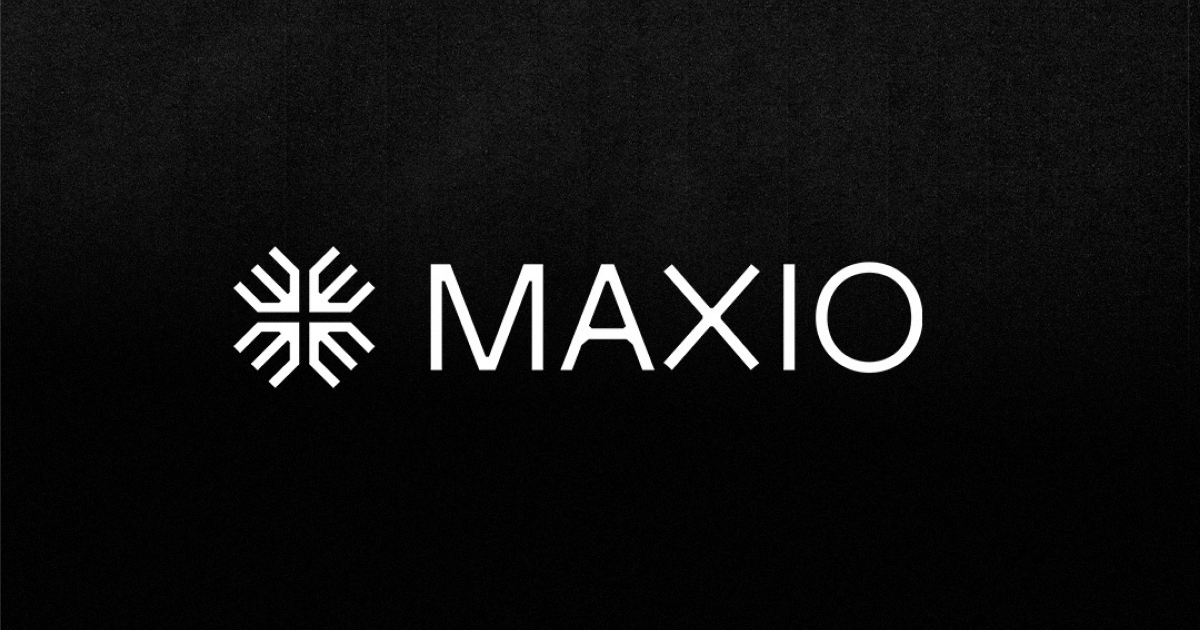Customers are constantly on the lookout for the best value for their money, especially in a time of market volatility. So why not give them what they want?
Events-Based Billing is the star of all value-based billing models. This industry-leading model enables your business to utilize the customer data you’re already collecting to directly link your customer’s service usage to the price that they pay. Choose exactly how you price and bill your customers, no matter the metric. Refine operations on demand and give your customers the flexibility they need to scale and meet their own market demands. All with Events-Based Billing.
Why Events-Based Billing is the #1 Value-Based Billing Strategy
Here’s how Events-Based Billing works. First, you stream all applicable customer and service data into your billing management system. (Think: any and all customer interaction with your product.) Then, your system compiles all of this information to provide ongoing, real-time “event” data you can easily use to bill your customers.
You may be thinking “sounds like standard usage billing to me.” It’s not. Events-based billing is like usage billing on steroids. It’s far more powerful and flexible, delivering more value to both you and your customer.
Let’s look at 5 ways Events-Based Billing can supercharge the way you offer value-based pricing.
1. Leverage More Data, Faster
The days of combing through data to generate invoices and understand customer trends are gone. Events-Based Billing provides detailed, real-time data that you can use to forecast future revenue, increasing your business’s responsiveness and efficiency in the face of changing market forces. Built-in dashboards and reporting tools help you understand exactly how your products are being consumed and how that will impact revenue. This will allow you to accurately track and manage pricing in real time.
2. Bill on Any Metric
Standard metered or usage-based billing requires you to define and stream data related to a single billable attribute. In contrast, Events-Based Billing allows you to stream all available data. Then bill or report on any data (aka, metric) that you can calculate, not just the one you had previously defined. This offers your customers more detailed insights on the metric(s) selected to generate their invoice. Additionally, you can utilize this data for your own internal use, gleaning unique insights into how customers are using your platform, how responsive they are to pricing, or ways they could benefit from add-ons.
3. Gain Control Over Pricing
Pricing reflects more than just how you bill your customers. It demonstrates your brand’s ability to offer your customers both precision and flexibility. Events-Based Billing allows each customer to pay a precise, customized price based on their use of your product. In other words, instead of offering an all-or-nothing subscription-based charge, you can offer true value-based billing.
It also offers you the ability to optimize for best pricing over time. Instead of using a “set it and forget it” approach, Events-Based Billing encourages you to constantly improve by analyzing event data, identifying the right metrics to track and bill against, and optimizing on the fly. No need to rebuild a system or integration just to test a billing model.
4. Deliver True Value-Based Billing
The last thing you want your customers to think when they receive their invoice is that they didn’t get what they paid for. However, this is a common reaction to fixed-price subscriptions. Not only can this reaction dampen your customer’s feelings about your services, it can also stall future revenue growth.
With specific, visually organized data, Events-Based Billing enables your company to provide a clearer link between the value a customer is getting from a service and the price they are paying for it. It inherently provides a high level of transparency—something that will please both your customers and your CFO. (SaaS companies that price on value-focused metrics have 75% lower churn rates than those that base prices on more ephemeral features.)
5. Simplify Back-End Procedures
Is period-end close-out and invoicing a time-sucking headache? Are you able to confidently and simply present customer usage data to your customers?
Events-Based Billing takes the hassle out of value-based billing and invoicing. The enterprise data you stream is regularly integrated and automatically overlaid with pricing models. No manual effort required. What used to be a reactive exercise becomes an opportunity to identify potential add-on services or fuel development of new products and features.
Finally, thanks to built-in flexibility and a single API integration, you can implement Maxio’s robust Events-Based Billing platform into your business without modifying the data already being generated by your platform. The same applies after implementation; as your business makes changes in pricing, product portfolios, and invoicing methods, you can easily configure Maxio without the hassle of development.
Offer Your Customers What They Want: True Value-Based Billing
Simply put, customers are increasingly price-driven as they hunt for the services they need. If you want to keep up with market demands, you need regular, accurate, detailed data to feed continuous innovation in your product and pricing. You need Events-Based Billing.
Maxio offers the only turn-key, out-of-the-box billing management platform that provides the level of support you need to utilize this latest evolution in value-based billing. If you’re ready to put your event data to work, reach out to the team at Maxio and learn more about how Events-Based Billing can change your business for the better.
